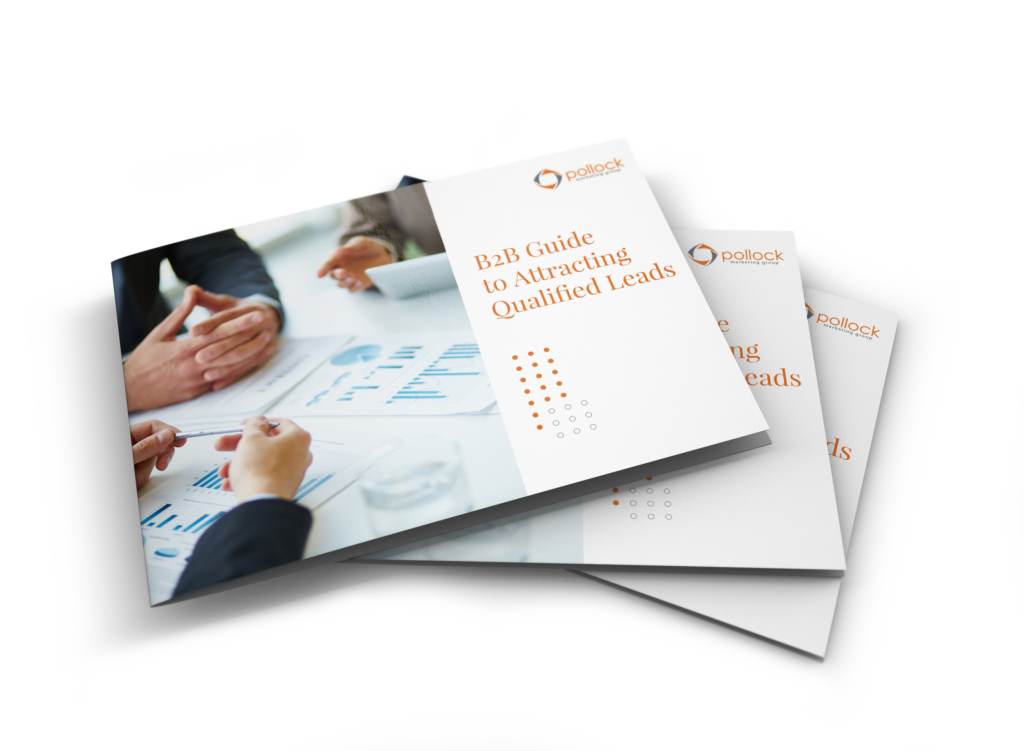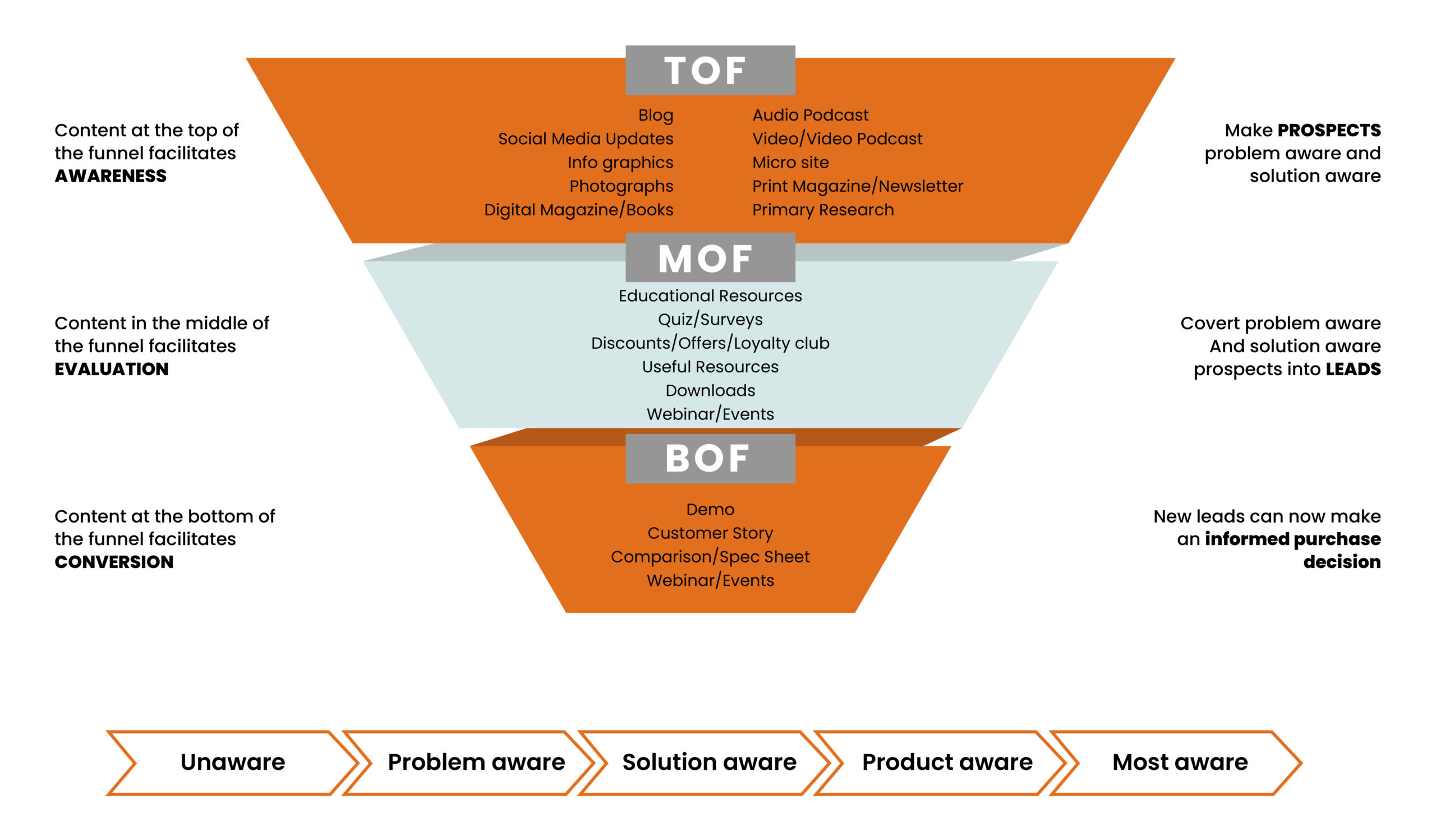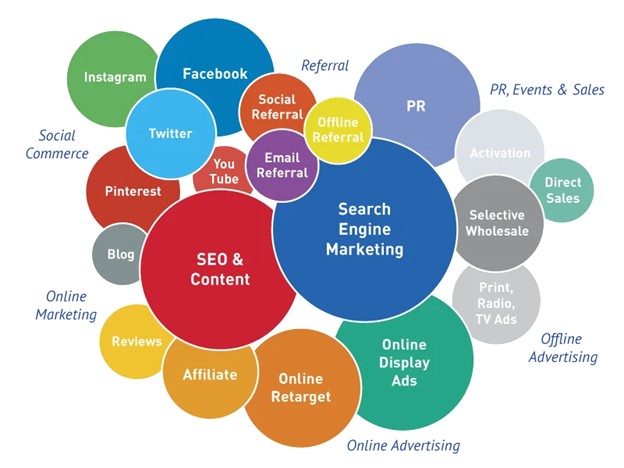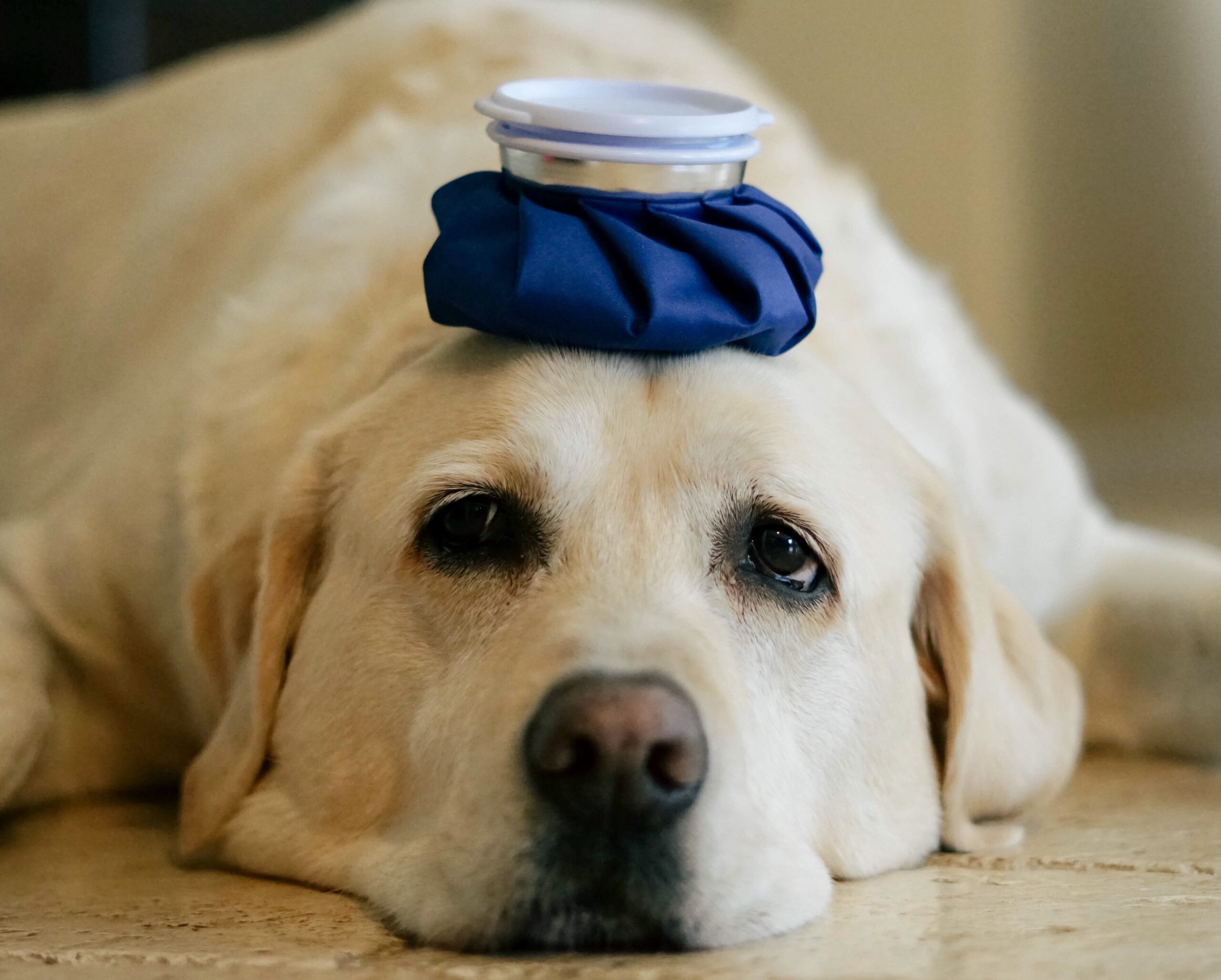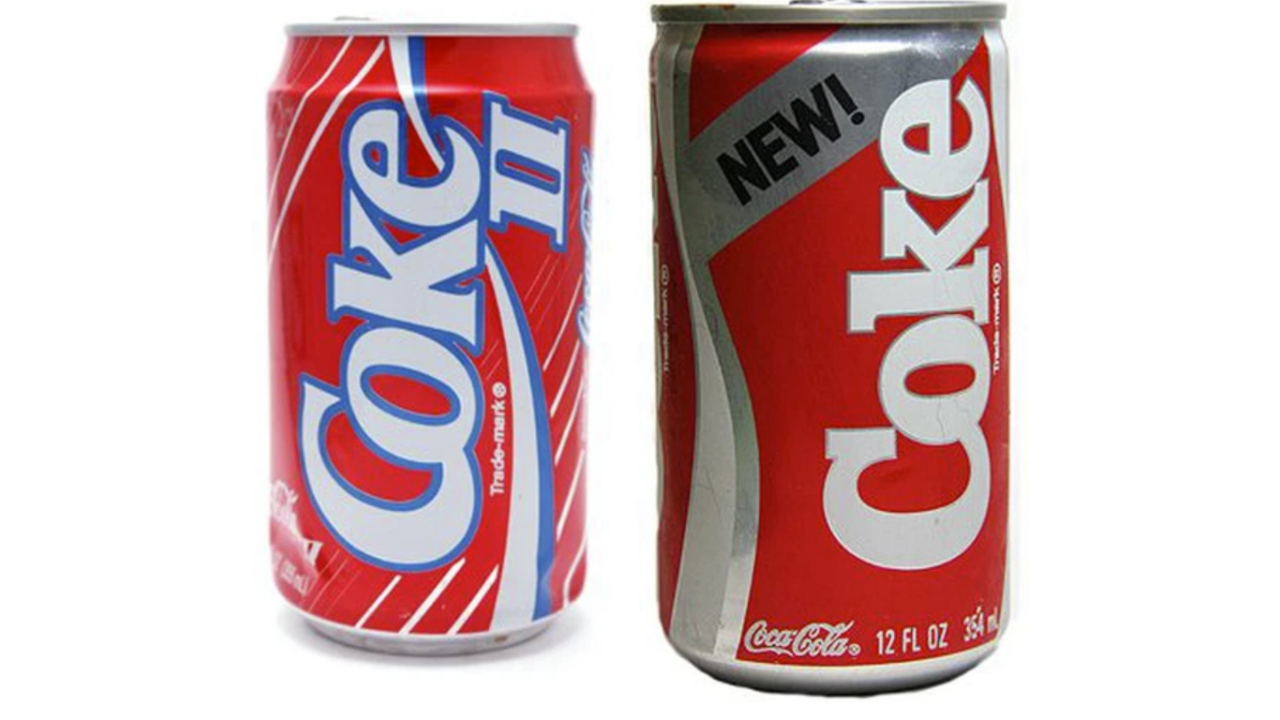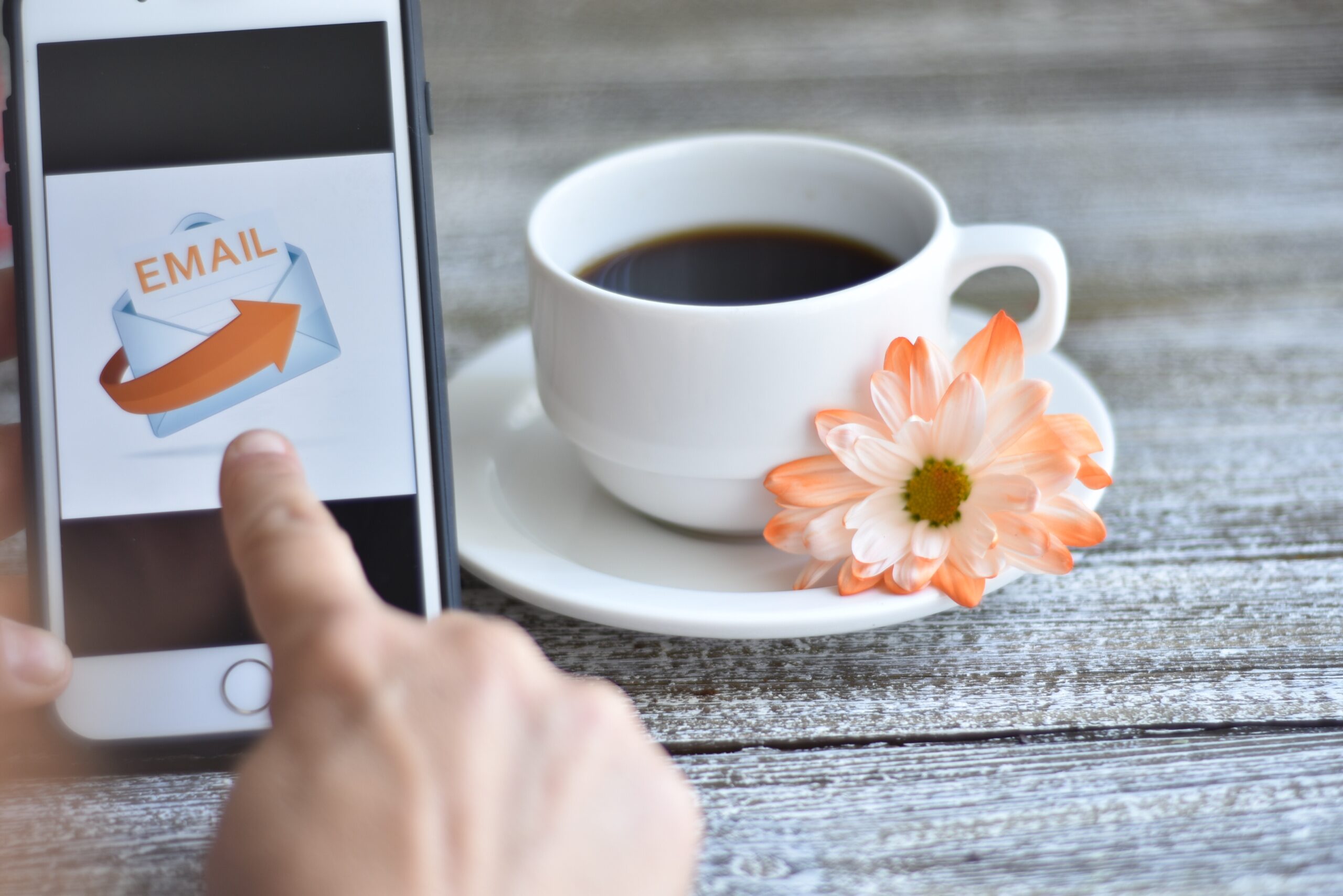Good content is powerful. It informs your audience, stirs their emotions, compels them to act, and sometimes it can even drive them away. Nailing down the creation and promotion of lead generating content in your market is critical. Here are several steps to take to create high-converting content for B2B audiences.
Get On the Same Page As Your Target Prospects
Dive into your market research and find out what motivates B2B users within your target audience. Consider the problems their organizations are facing, potential solutions they have to choose from, and any obstacles or limitations that they may have, such as a too-small company budget or very little time to dedicate to research.
Once you’re in their shoes, so to speak, you can begin looking at your lead generation process from their perspective. You’ll find it easier to identify which components of your content marketing are effective and which aren’t. This allows you to cull poorly performing content and redirect those efforts to supporting content that’s doing well.
Identify Which Types of Lead Generating Content Are Most Valuable to Your Target Audience
There are dozens of different types of lead generating content that can be used for a variety of purposes. The key is to test and analyze the performance of multiple types of content to determine which are the best fit for your target audience.
Examples of B2B Content That Converts
Lead generation content that converts typically engages prospects and offers them actionable advice and take-away value, even if they don’t immediately make a purchase. Today’s users are savvier than ever before and are less interested in doing business with companies that take a quid pro quo approach. They are more apt to engage with information products like:
- Downloadable eBooks and guides. eBooks or short guides that can be downloaded and printed or read on an eReader are highly effective at capturing lead information.
- Webinars. Webinars are extremely valuable content assets that have impressive ROI. They continue to drive traffic and convert leads well after they’ve been recorded and published.
- Calculators and questionnaires. Users are highly drawn to interactive, free-to-use content that allows them to engage directly with a brand’s website to find tailored information curated specifically for their needs. They enjoy being a part of the process, and interactive content helps reduce your bounce rate by keeping users on your website longer.
Examples of B2B Lead Generating Content Less Likely to Convert
Some lead generation content doesn’t convert as well as other types of content. More often than not, this occurs when content isn’t targeted to specific audiences. When content marketing campaigns fail to use unique value propositions to address the pain points of organizations you’re marketing to, you’re far less likely to motivate these prospects to take action.
- Cold emails and LinkedIn messages. Cold communication is little more than spam for targets that have not indicated an interest in your products and/or services. Even if you’re sending emails to the right segments, cold prospecting has such a low return on investment (ROI) that it’s generally not worth the effort or expense.
- Case studies. Case studies are great for trust building, but they do little to compel a user to take immediate action. While publishing high-quality case studies from time to time is valuable, especially when they have a good PR angle, they should not be a cornerstone component of your lead generation content.
- Product briefs. Lists of product specs and dry descriptions don’t do much anymore to differentiate your product from a similar one from a competitor. B2B clients want to know more about how a product or service will help them and what problems it will solve.
Choose the Right Content at the Right Time
Think about the problems, concerns, barriers, hopes, and motivations of your prospective B2B clients at every stage of the content creation process.

Consider what a top-of-funnel target might want to see next after initially learning about your products or services, or what a bottom-of-funnel target needs for that final push to convert after having gone through the entire lead nurturing process.
Promote Lead Generating Content On the Appropriate Channels
Once you’ve determined which types of content are most suitable for your B2B audience, create and promote your content in the right places for maximum visibility.
- Website – Information products like eBooks, videos and downloadable guides can be promoted with an opt-in banner on your website to entice users to enter their email addresses for a free copy.
- Social Media Channels – Promoting your most informative content assets on your social media channels can reach a larger, warmer audience. And, it can be shared with new audiences by engaged users.
- Email list – Promote high-quality content to your email list to entice converted but stagnant leads to re-engage. People on your email list are already subscribed to your content because they’re interested in your products or services, so promoting new content to this audience and getting them to convert again is a great sign of progress.
Continue to Nurture Leads Until the Time Is Right
Don’t turn your leads over to sales yet – though this is sometimes hard to do. If sales starts closing for appointments too early, they can cause prospects to lose trust in your brand and unsubscribe. Given the current privacy laws, you need to treat converted leads with respect and keep your overzealous salespeople at bay until the lead requests a sales call.
You should continue to nurture leads with high-quality content that answers their questions and addresses their unique needs until they are closer to making a decision. Additional content delivery to your email audience should be planned by segments in order to more accurately target your potential clients’ pain points.
Understand that this process generally takes longer for B2B clients, as there are usually more people involved in making a buying decision for an organization. Plan to predict content for decision layers and different people wanting different information. B2B sales cycles are longer and more complex. Preparing for “the long game” with lead generating content and nurturing for B2B clients is key for nurturing success. The more you measure and test content for this deep layer of conversion, the higher the quality of lead you will attract at the top.
B2B Guide To Attracting Quality Leads
Don’t waste your valuable time on the wrong leads.
